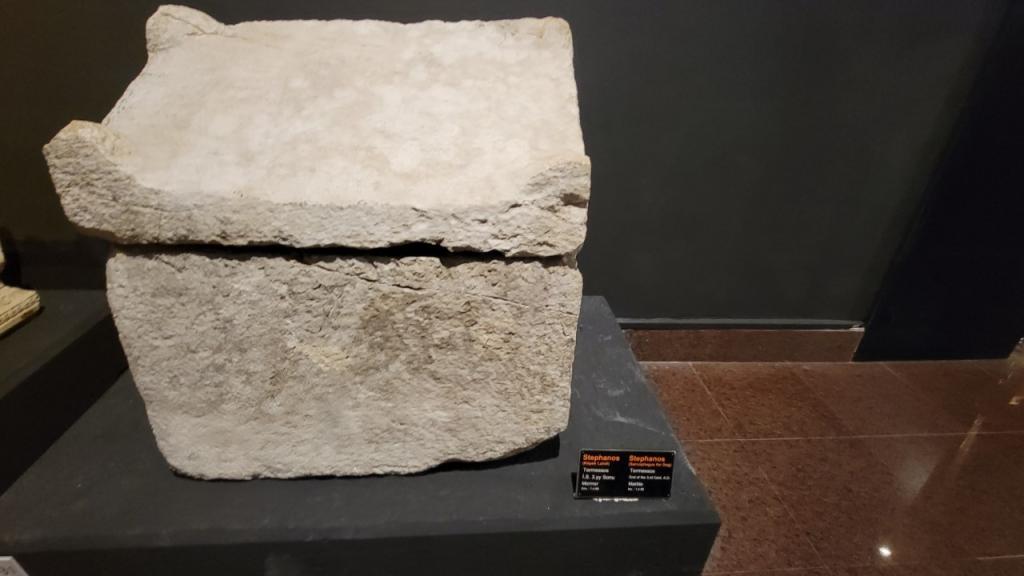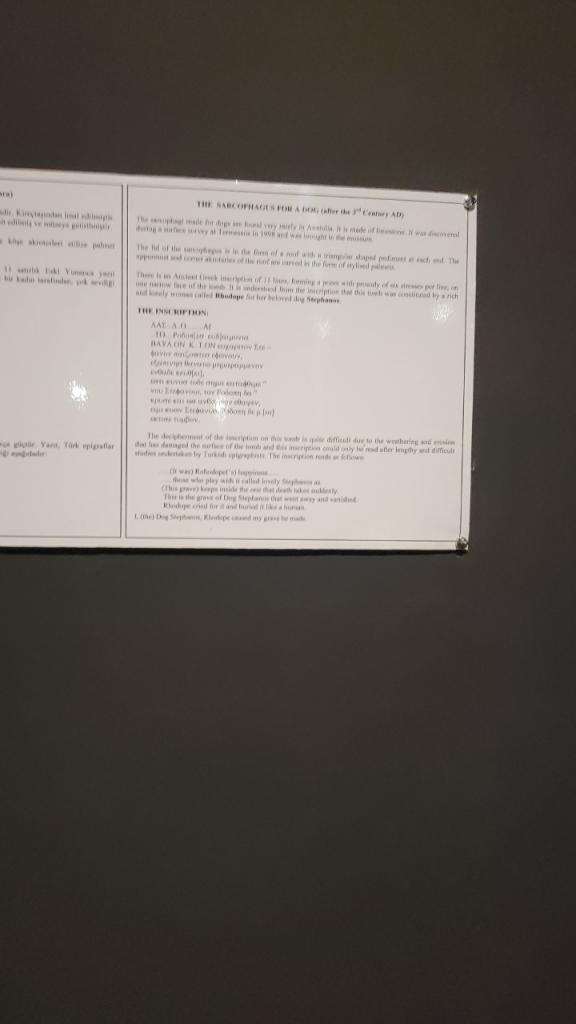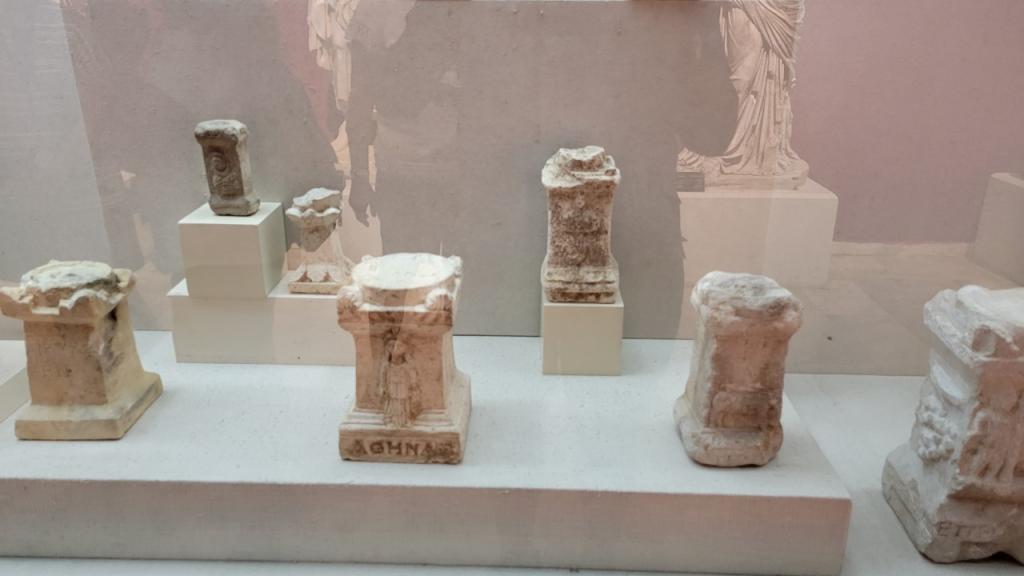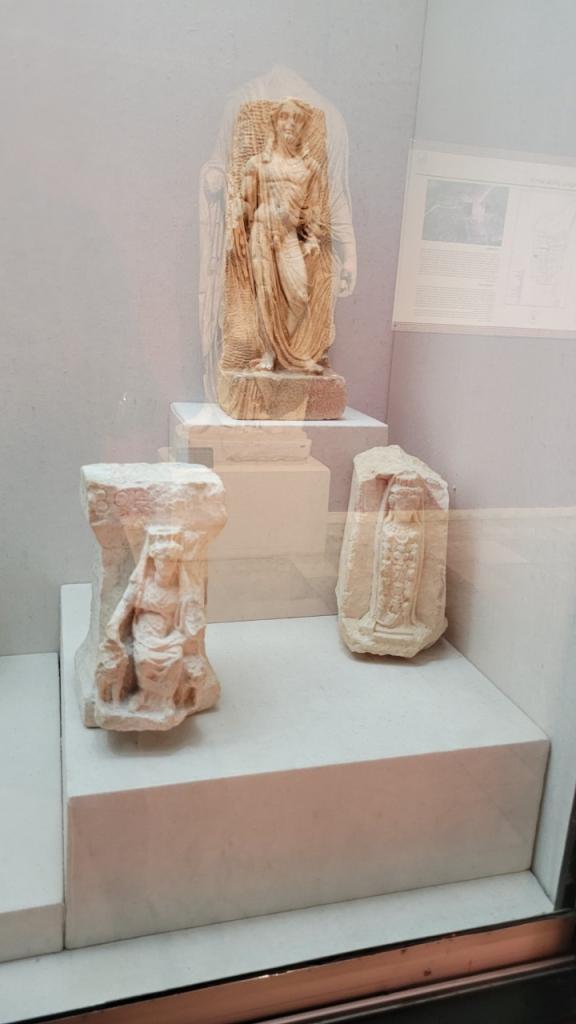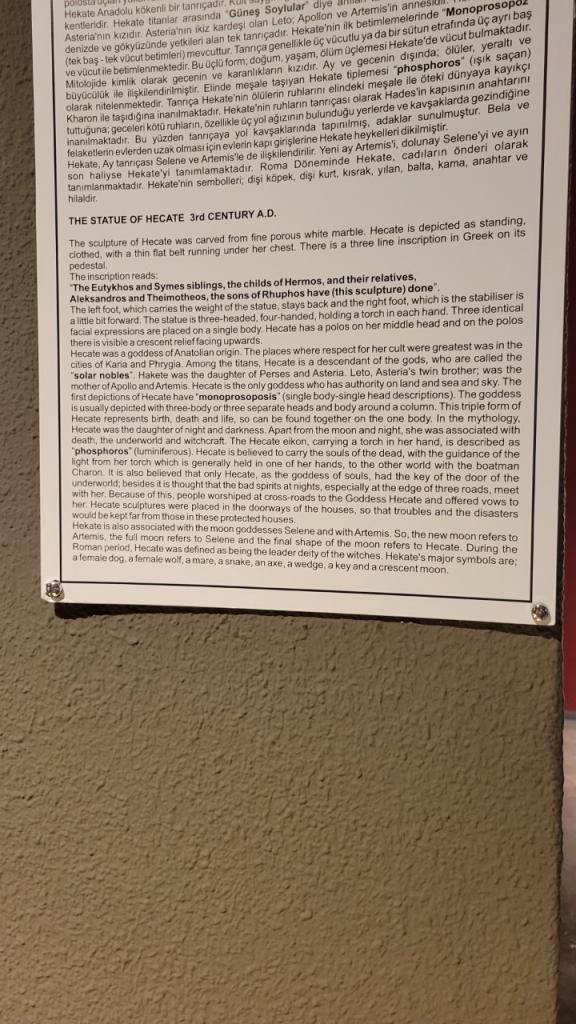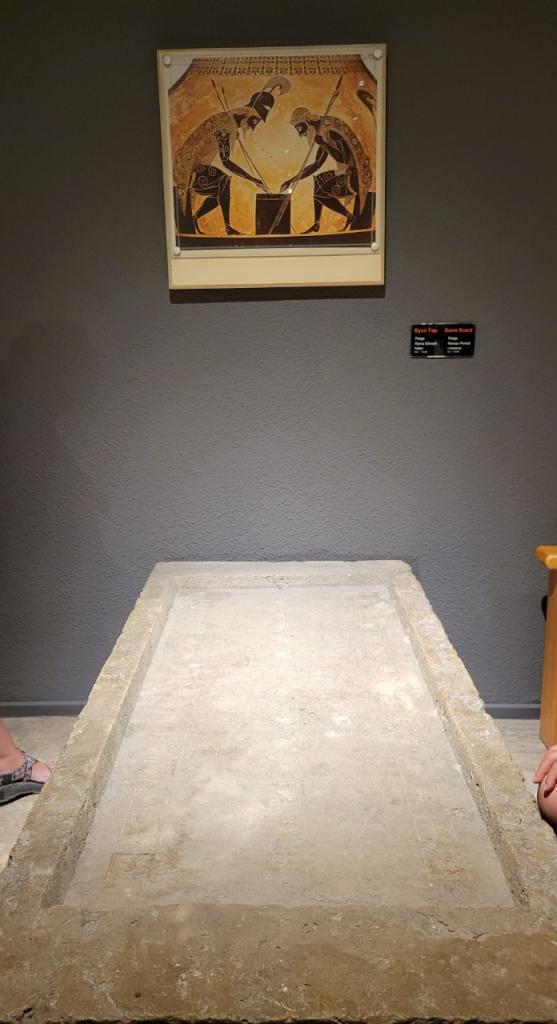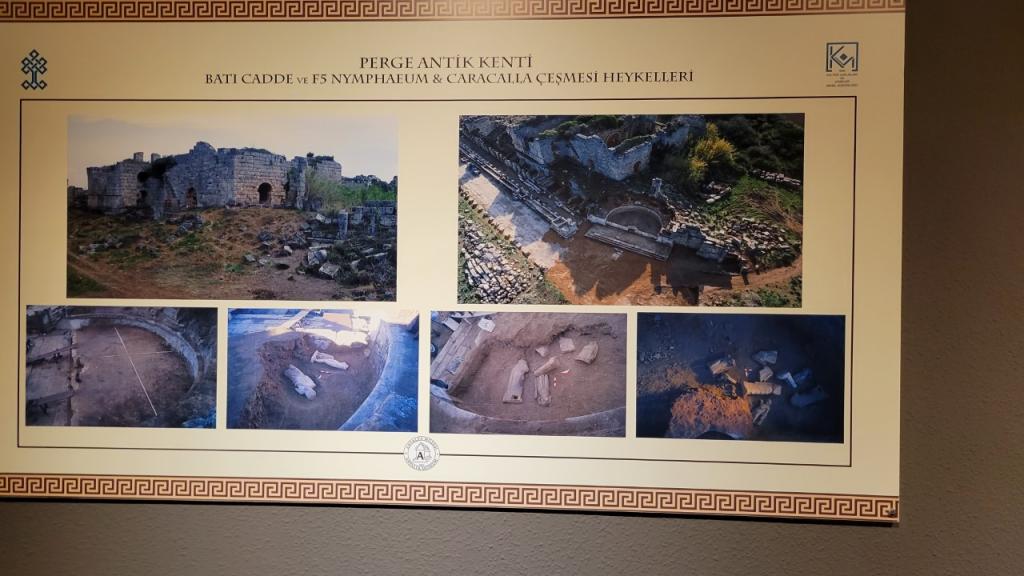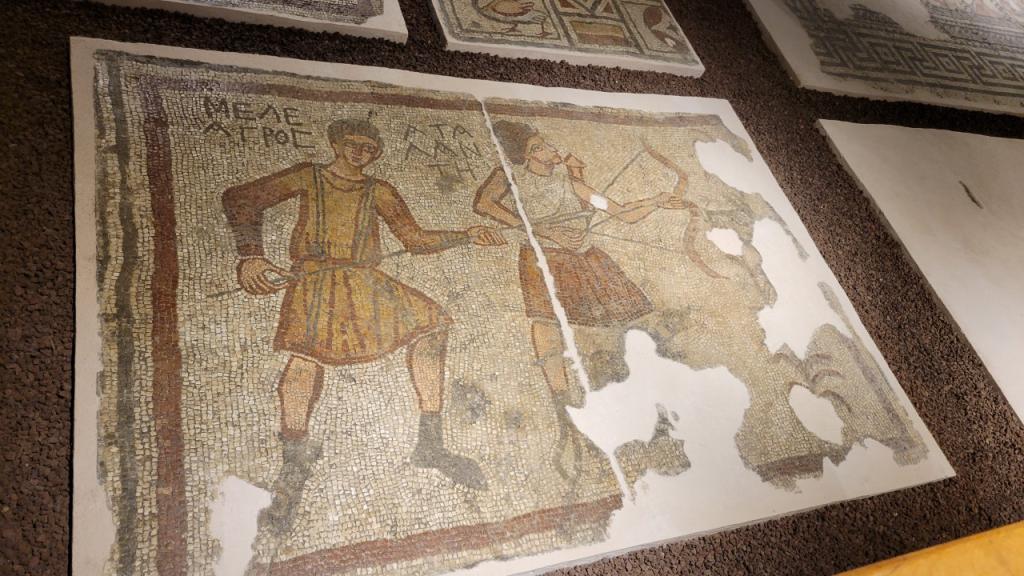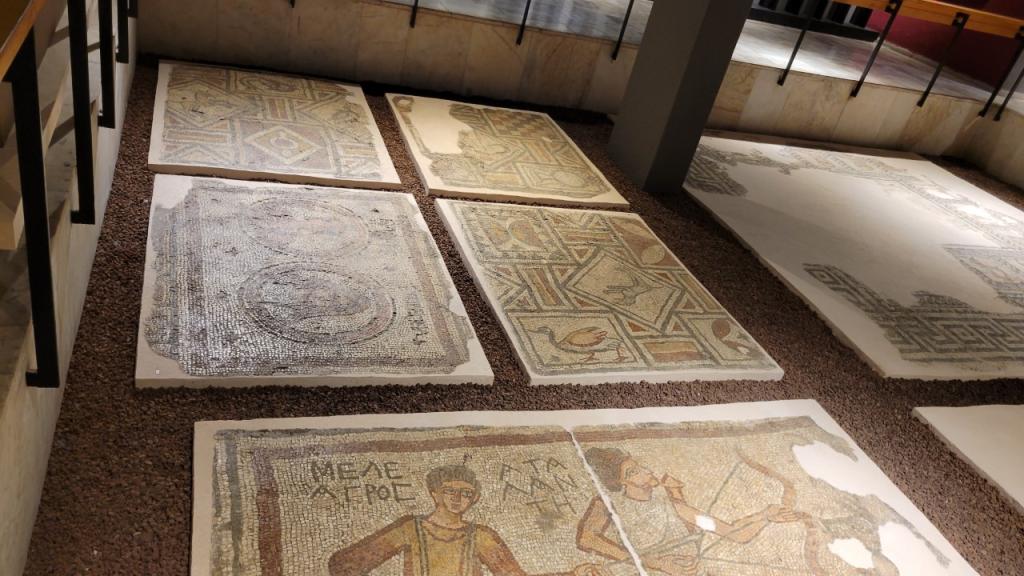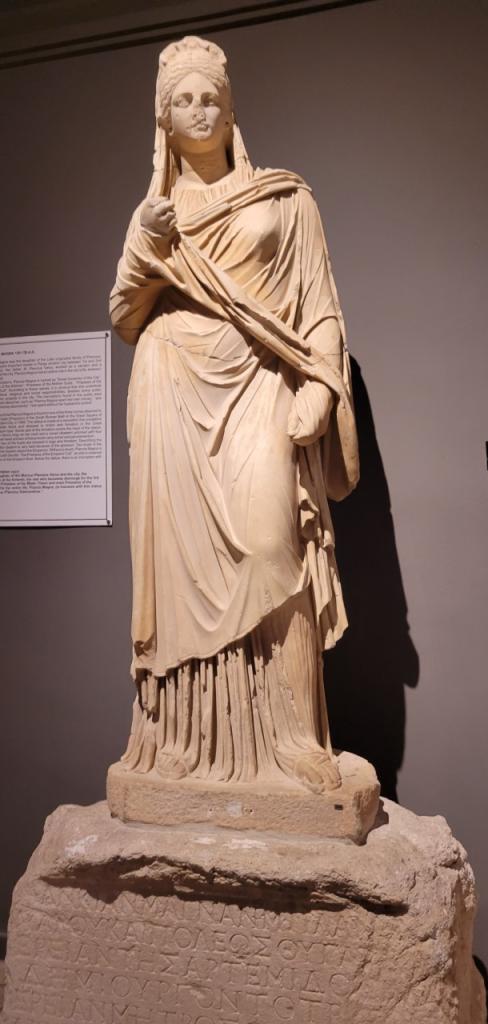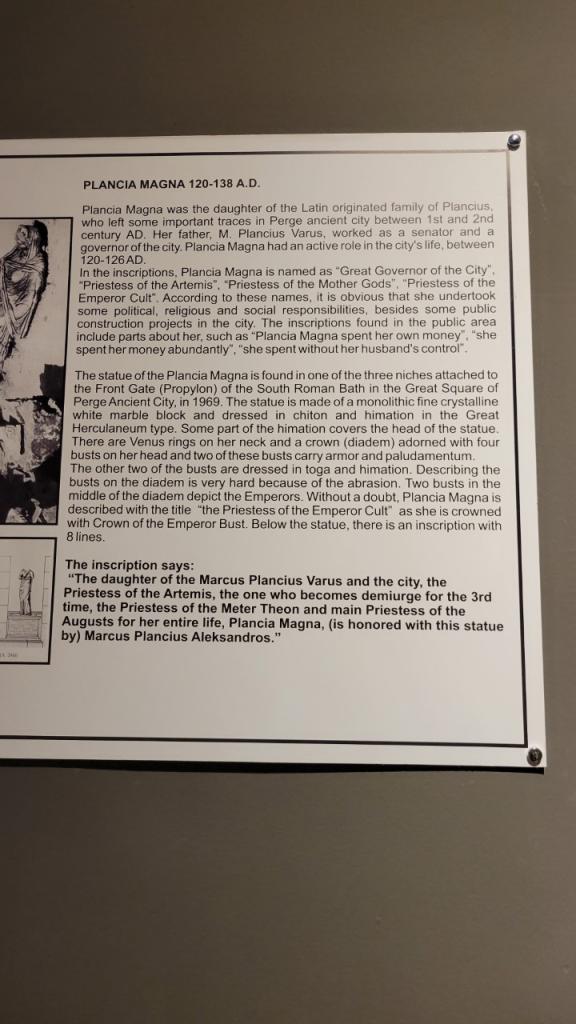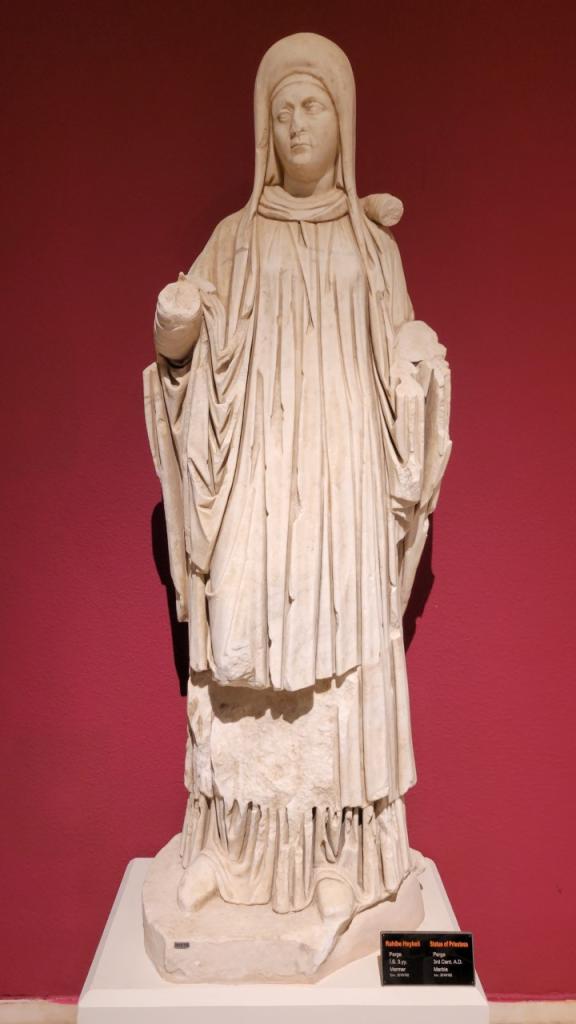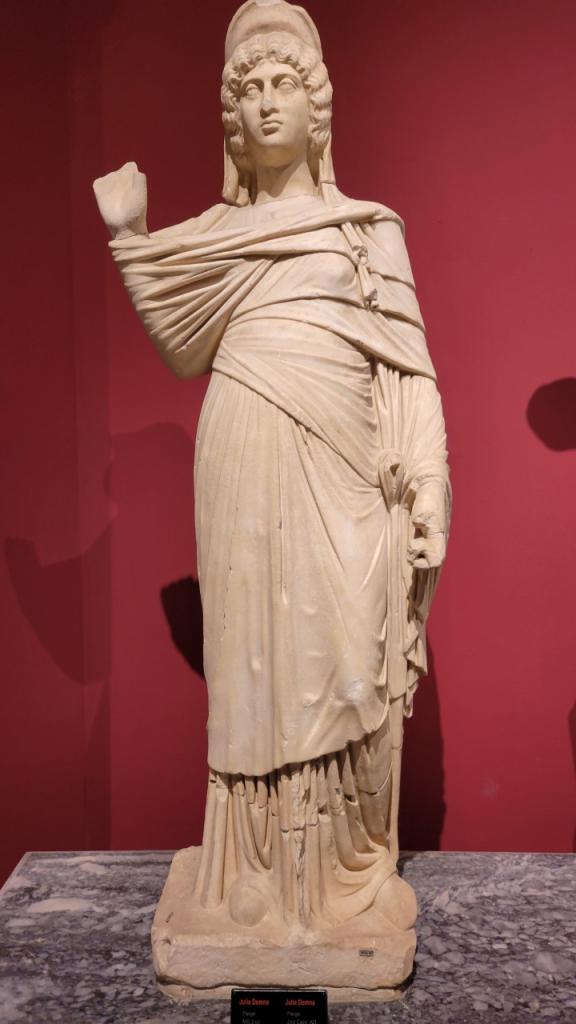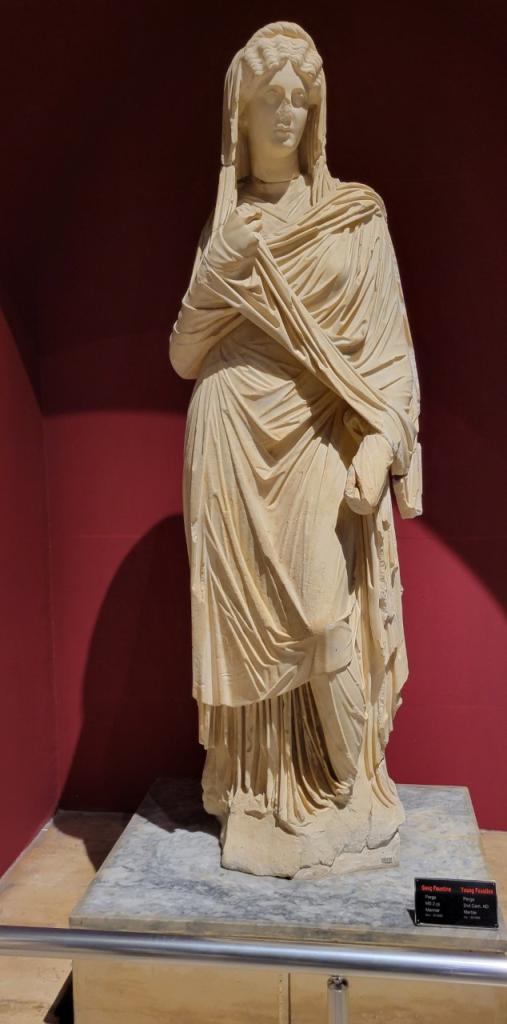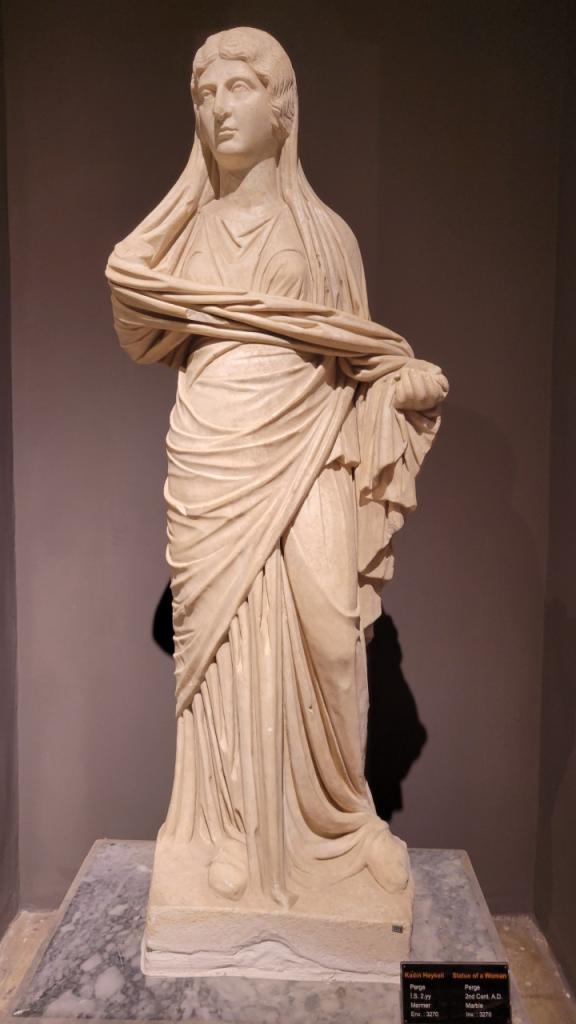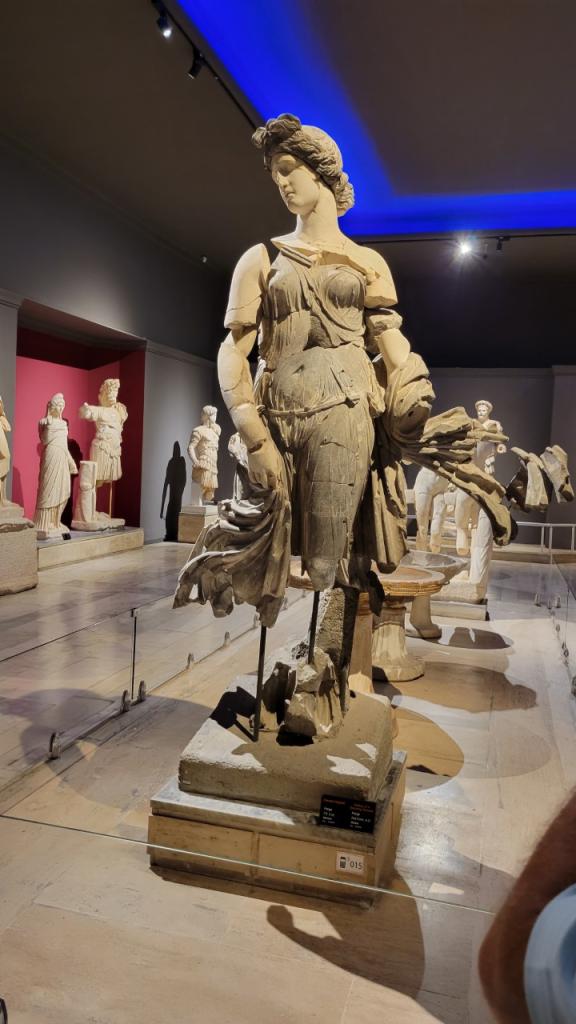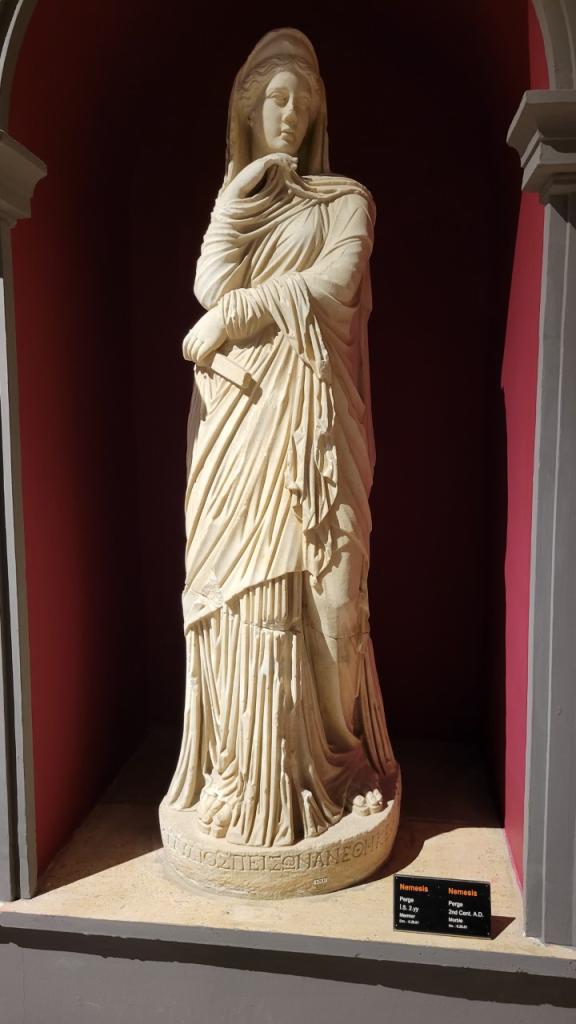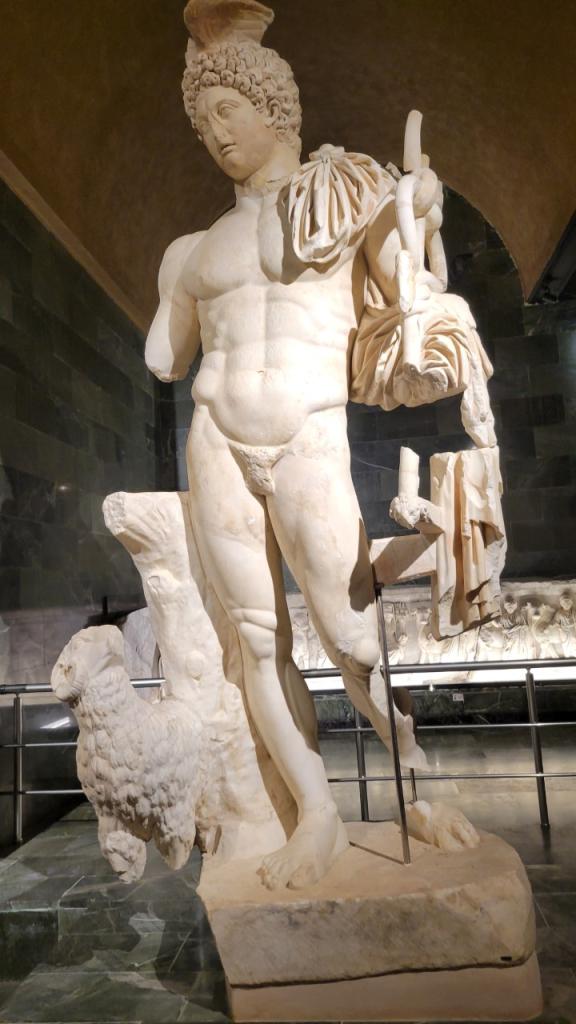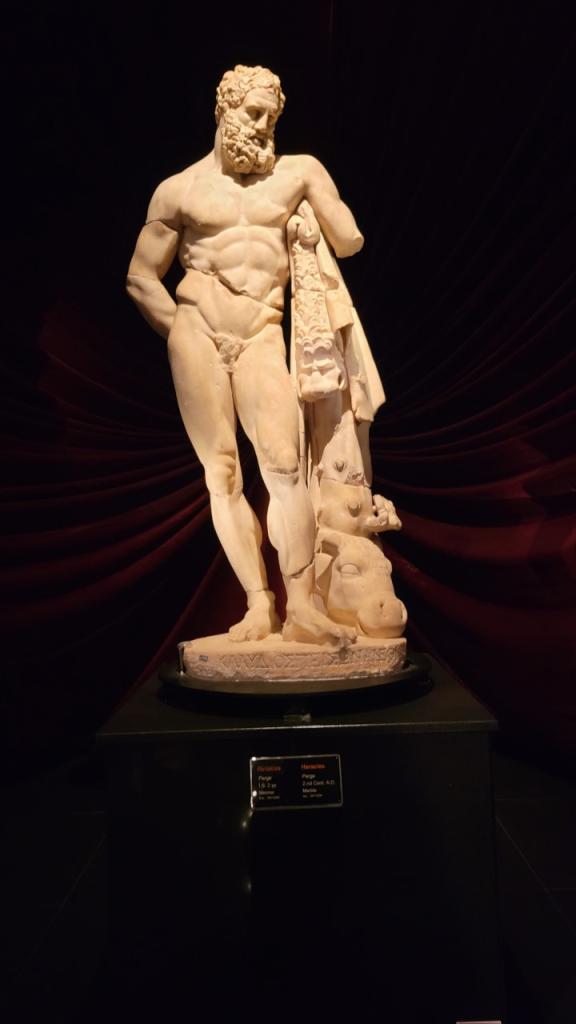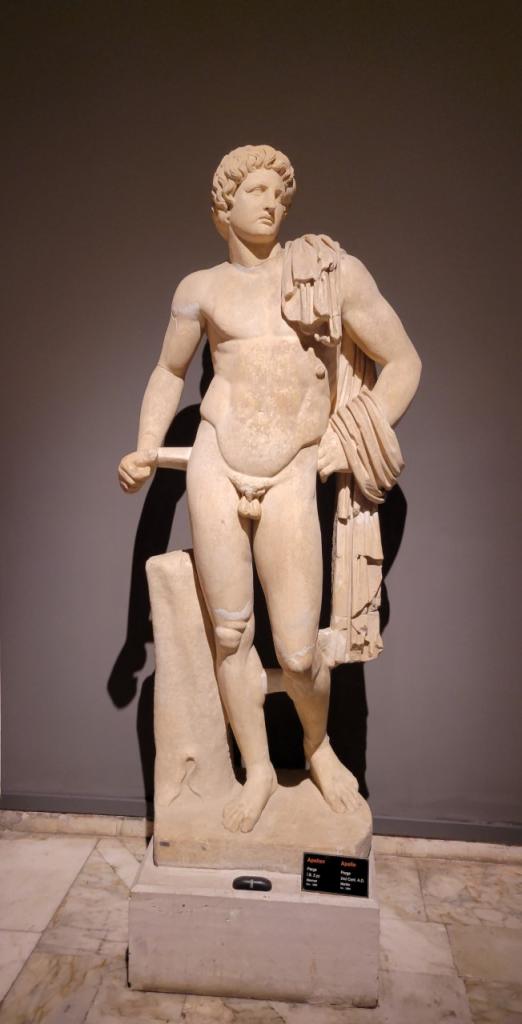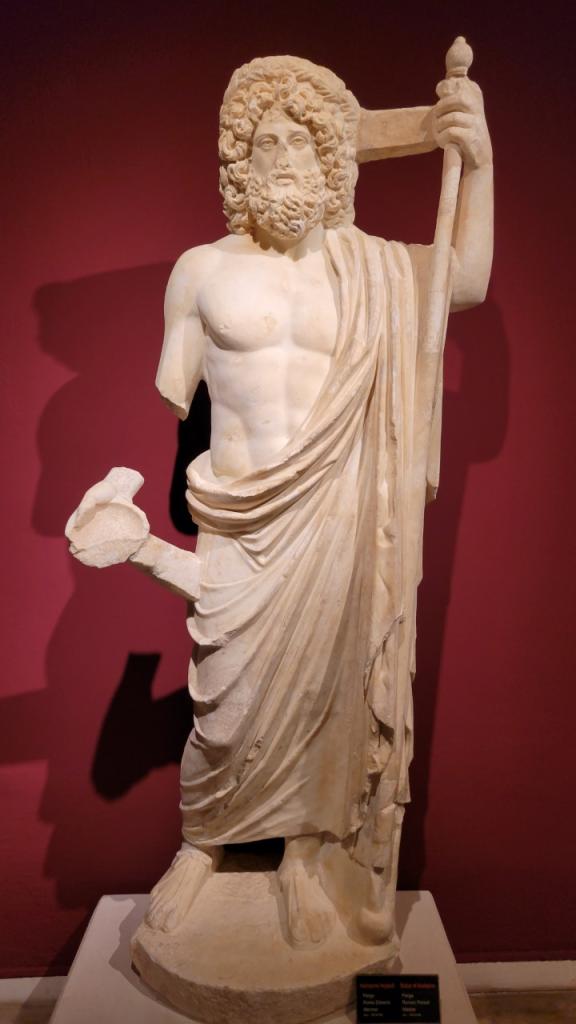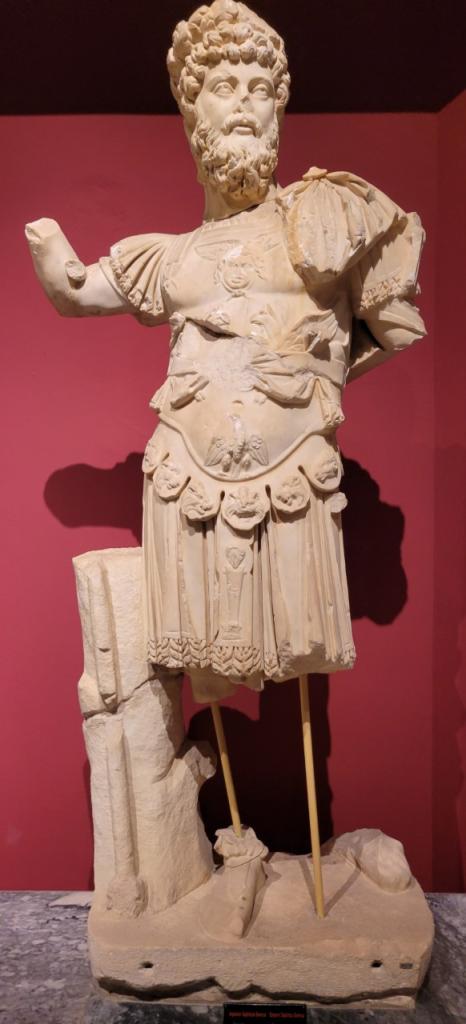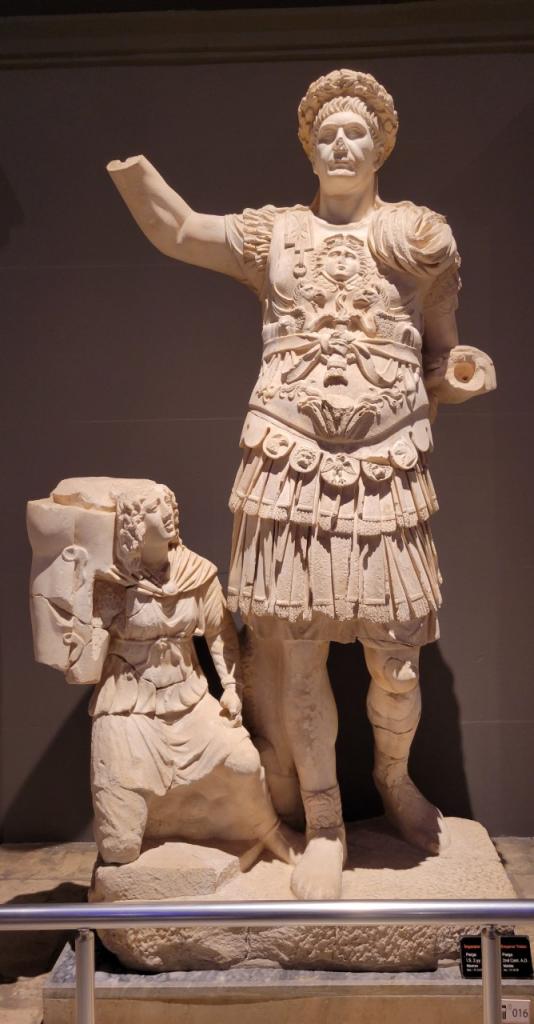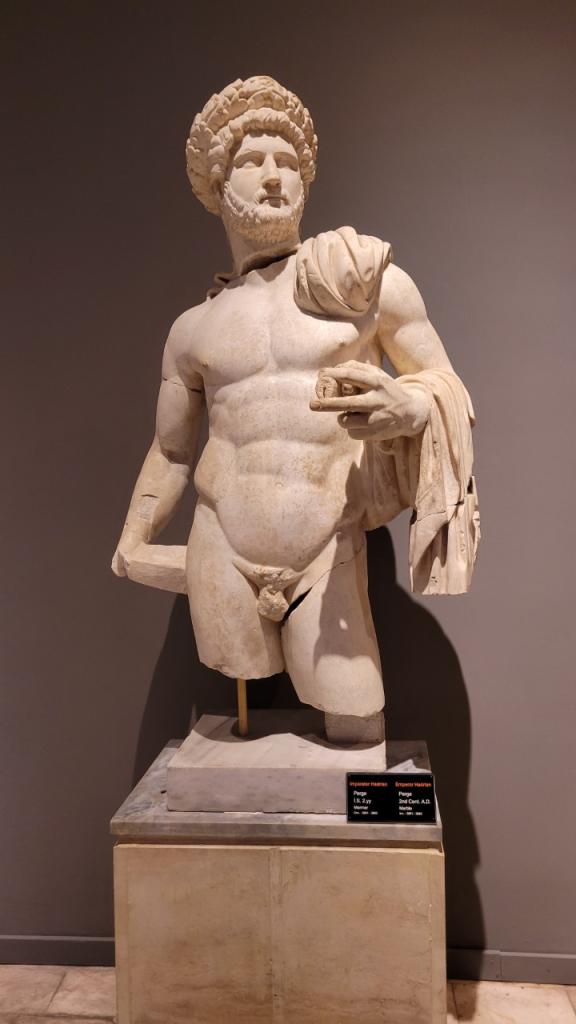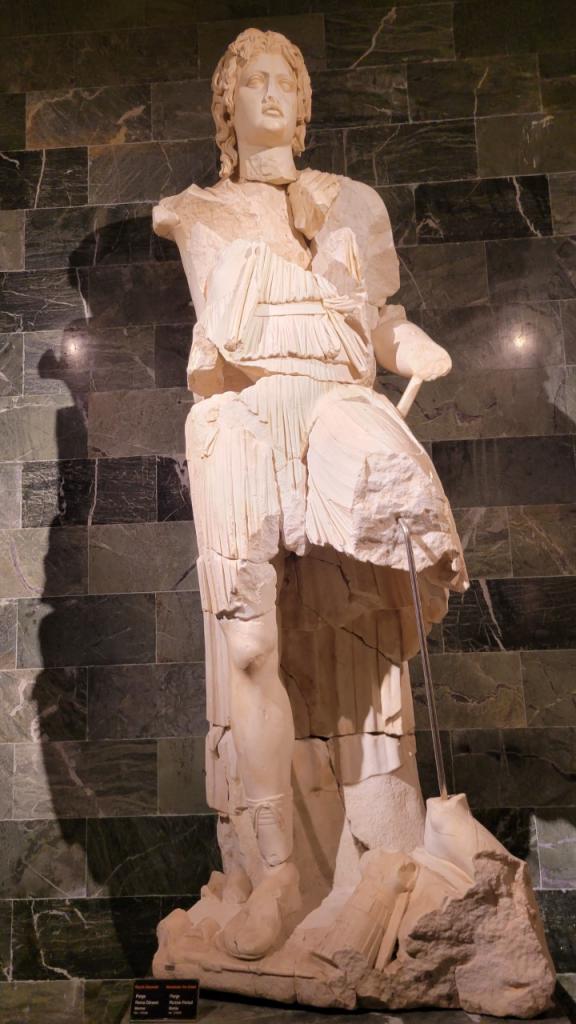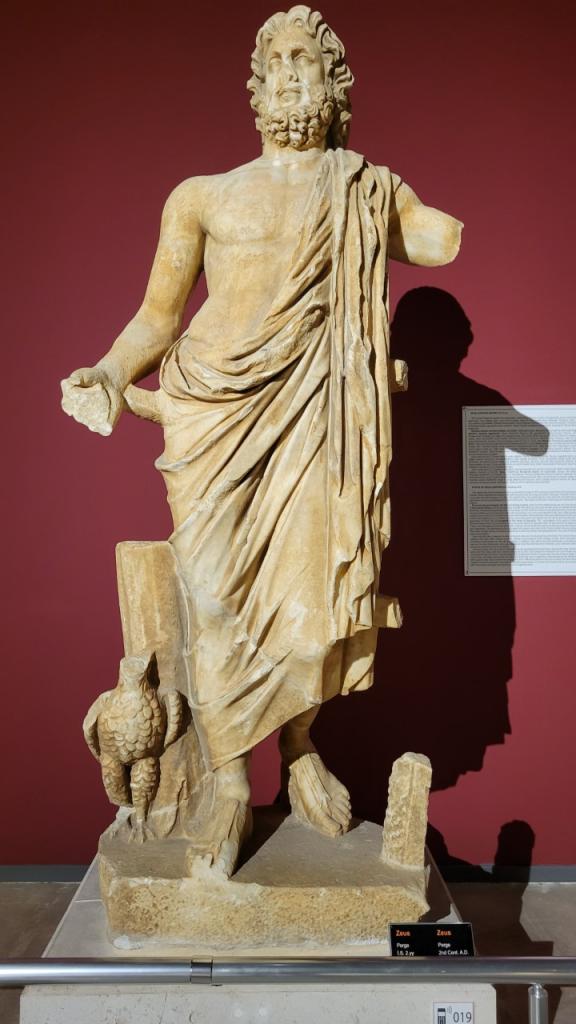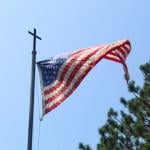The museum in Antalya largely has holdings of things found at Perga, but overall it is worth visiting especially for it’s amazing collection of period statues, including the statues of Emperor and Plancia Magna, as well as a collection of ornate sarcophagi which rival those found in the Istanbul museum which we have already explored, except these are from a later period than most of those in the Istanbul museum. But let’s start with a small horned altar for sacrifices…. probably too big to be for use in houses, but not of the sort you would find in a temple either, but rather at some family or clan high place… And in fact while the top was used for sacrifices, this is actually a sarcophagus for a beloved DOG!
Compare this to the collection of small in house altars for families to make grain or pouring offerings to the gods…
Sacrifices small and large were at the heart of ancient religion both in the ANE and in the Greco-Roman world, hence also the need for priests and priestesses and temples or tabernacles. The purpose of such sacrifices was largely apotropaic, that is to avoid the curse of wrath of a deity, and alternately to secure their blessing or favor. Sometimes statues of the deity are included with altars to be used to sacrifice to those deities.
Now here is a formidable statue of a woman or women. Actually, this is Hecate, a daughter of the Titan Perses and the nymph Asteria, which had power over land, sea, and air and not only aided in safe travel but could bestow blessings to daily life from land (crops) air (rain), and the sea (fish etc.).
In the foreground here you see a backgammon game board, and amazingly, in the Greek urn or vase painting you see two Greek soldiers playing the game.
Some of the items in this exhibit hall came from the Nymphaeum which is outside the old city walls at Perge and we did not have time to visit its ruins, but here is the overview… It was built during the time of Caracalla, and so after the NT period.
This is a floor mosaic involving a scene from the story of Meleagros…
Here’s Plancia Magna, said to be a governor in the city and priestess of both the temple of Artemis and the Emperor cult. Her father had been a senator, and this family was important in the first and second centuries in Perge….
There are in addition statues of other formidable women, some of them priestesses.. some of them wives of Emperors or other elite Roman or Greek persons… and occasionally we find goddess statues…
The headcovering signals either piety, or a supporter of traditional family values…
Below is the goddess Nemesis striking a pose…
Hermes or Mercury was of course the messenger of the gods, and here he is in all his glory. No, he is not carrying around a bunch of sausages to munch on while running to deliver the next message… This is a 2nd century A.D. statue from Perge.
Anyway he will at least need some liquid refreshment after all that running to and fro…..
And here is Herakles/Hercules
The hall of the Emperors is quite impressive, portraying them as semi-divine sort of figures in the peak of shape and health….I’ll let you figure out who’s who….. Quiz on your deductions later…
I’ll give you a clue— one of these is the Stoic philosopher emperor featured in the movie Gladiator…. and one of these is not an emperor…


